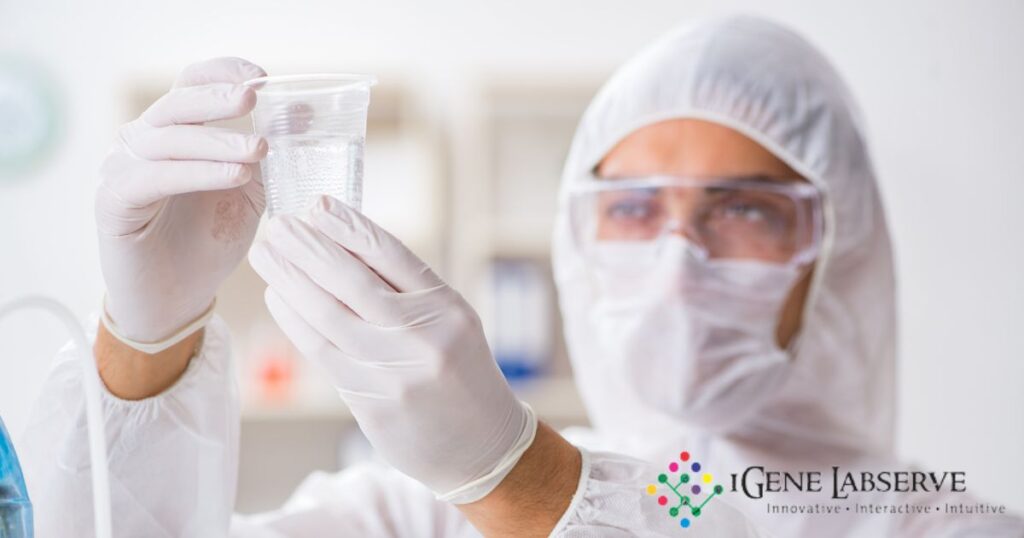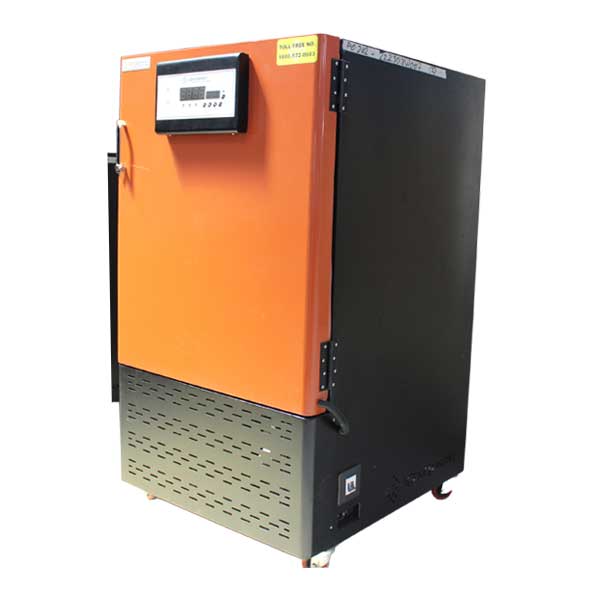In the realm of environmental science and water quality analysis, precision and reliability are paramount. Whether it’s for ensuring safe drinking water or assessing the health of aquatic ecosystems, accurate data is essential. One tool that plays a crucial role in achieving this accuracy is the Laboratory Biochemical Oxygen Demand (BOD) incubator. This specialized equipment offers a range of features that can significantly improve water quality analysis processes. In this blog post, we’ll explore five ways a Laboratory BOD Incubator can elevate the standards of water quality analysis.
- Temperature Control Precision: One of the fundamental aspects of water quality analysis is the measurement of BOD, which indicates the amount of oxygen consumed by microorganisms during the decomposition of organic matter in water. Temperature plays a critical role in this process, as it influences microbial activity. A Laboratory BOD Incubator provides precise temperature control, creating optimal conditions for microbial growth and oxygen consumption. This ensures consistent and reliable BOD measurements, reducing variability in test results.
- Uniformity Across Samples: In water quality analysis, it’s essential to maintain consistency across multiple samples to obtain accurate comparative data. A Laboratory BOD Incubator offers uniform temperature distribution throughout its chamber, ensuring that all samples experience the same incubation conditions. This eliminates potential sources of error arising from temperature gradients within the incubator, leading to more reliable and reproducible results.
- Real-time Monitoring: Modern Laboratory BOD Incubators are equipped with advanced monitoring systems that allow real-time tracking of key parameters such as temperature, humidity, and oxygen levels. This capability enables researchers to closely monitor the progress of BOD tests and intervene if necessary. By identifying any deviations from optimal conditions early on, scientists can take corrective measures to maintain the integrity of the analysis and prevent data loss.
- Energy Efficiency: Energy consumption is a significant concern in laboratory settings, where equipment is often running continuously. Laboratory BOD Incubators are designed with energy-efficient features such as insulated chambers and programmable temperature settings, reducing power consumption without compromising performance. By minimizing energy usage, these incubators not only contribute to cost savings but also align with sustainability goals, making them a preferred choice for environmentally conscious laboratories.
- Enhanced Workflow Integration: Integration with laboratory information management systems (LIMS) and data logging software streamlines the workflow of water quality analysis. Many modern Laboratory BOD Incubators are compatible with LIMS platforms, allowing seamless data transfer and automated reporting. This integration reduces manual data entry errors and accelerates the analysis process, enabling researchers to focus more on data interpretation and decision-making.
In conclusion, a Laboratory BOD Incubator is a valuable asset for any laboratory engaged in water quality analysis. Its precise temperature control, uniformity across samples, real-time monitoring capabilities, energy efficiency, and seamless workflow integration contribute to more accurate and efficient testing processes. By investing in this specialized equipment, laboratories can elevate the standards of water quality analysis and contribute to the preservation and management of our precious water resources.


